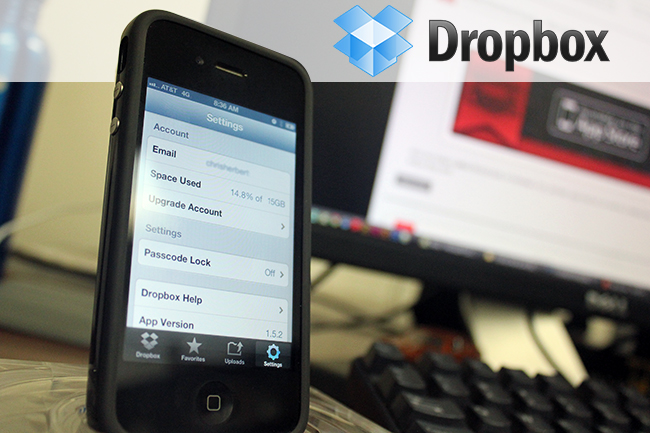Here are today’s @MacStoriesDeals on hardware, iOS, and Mac apps that are on sale for a limited time, so get them before they end!
Posts tagged with "mac"
#MacStoriesDeals - Friday
#MacStoriesDeals - Thursday
Here are today’s @MacStoriesDeals on hardware, iOS, and Mac apps that are on sale for a limited time, so get them before they end!
Read more
Tweetbot for Mac: Public Alpha Review
Today, Tapbots released the first public alpha of Tweetbot for Mac. This is not a final review of the app: being in the development stage – albeit ready to be tested by the public – Tweetbot for Mac is still lacking several features that will be available in the final Mac App Store version (such as iCloud sync and Notification Center support), and for this reason I’ll save my full analysis of the app for the future.
However, I have been testing Tweetbot for the past week, and I can say that it already is the best Twitter client available on the Mac. Read more
#MacStoriesDeals - Tuesday
Here are today’s @MacStoriesDeals on hardware, iOS, and Mac apps that are on sale for a limited time, so get them before they end!
Read more
Dropbox Doubles Pro Subscribers’ Space
The very popular folder sync service Dropbox is giving every Pro member a big surprise today by doubling the amount of space of their Dropbox account. Pro accounts will now get double the space they had before. Their new blog post says, “Today we’re happy to announce that our upgrades are getting a huge upgrade! Dropbox Pro now comes in flavors of 100 and 200 GB, but at the price of the original 50 and 100 GB plans. For those of you who need even more space, a brand new 500 GB plan is also joining the posse! If you’re already a Dropbox Pro subscriber, just take a seat and enjoy the fireworks — your Dropbox will supersize itself automatically tonight.” Check out the Pricing page this evening to see the all new plans.
In May, Dropbox gave users some new options to increase space by adding the option to auto-upload media from your desktop or iOS device and in April, Dropbox doubled referral credits from 250 MB to 500 MB per link.
In a world of every-increasing asset file sizes, retina displays, and computer hard drive space, Dropbox is doing a fantastic service to all of its Pro customers by doubling the space they give to us. There’s no link to click or web page to activate, they’re simply updating themselves tonight.
- Dropbox Pro is now 100 and 200 GB, but at the price of the original 50 ($9.99/month or $99.00/year) and 100 GB plans ($19.99/month or $199.00/year )
- A brand new 500 GB plan will also be available (yet to be announced)
- Dropbox is giving existing Pro users a three month Pro 100 trial to share with friends or family
- Free accounts are not receiving the upgrade but with referrals and auto-uploads your 2 GB account can be up to 18 GB
#MacStoriesDeals - Monday
Here are today’s @MacStoriesDeals on hardware, iOS, and Mac apps that are on sale for a limited time, so get them before they end!
Read more
#MacStoriesDeals - Monday
Here are today’s @MacStoriesDeals on hardware, iOS, and Mac apps that are on sale for a limited time, so get them before they end!
Read more
#MacStoriesDeals - Thursday
Here are today’s @MacStoriesDeals on hardware, iOS, and Mac apps that are on sale for a limited time, so get them before they end!
Read more
#MacStoriesDeals - Wednesday
Here are today’s @MacStoriesDeals on hardware, iOS, and Mac apps that are on sale for a limited time, so get them before they end!
Read more










